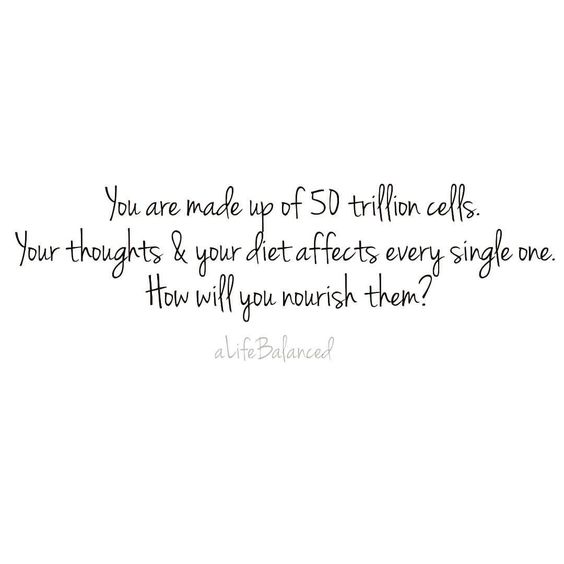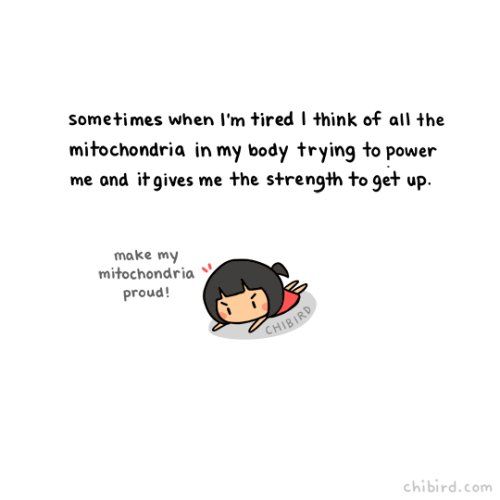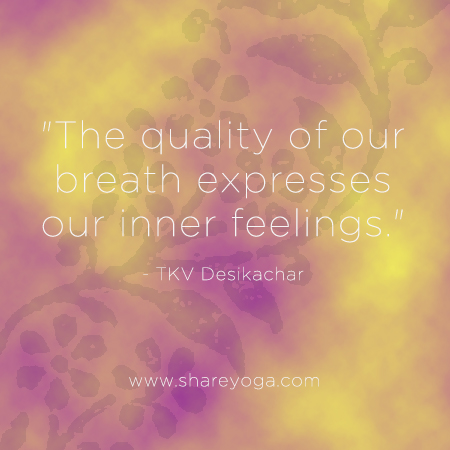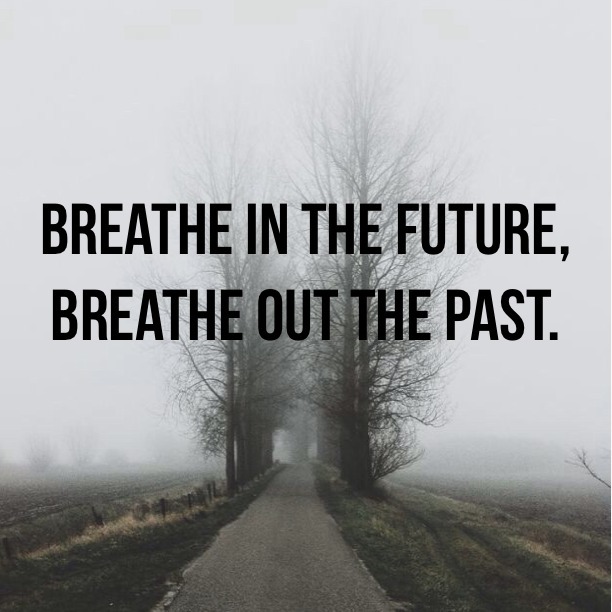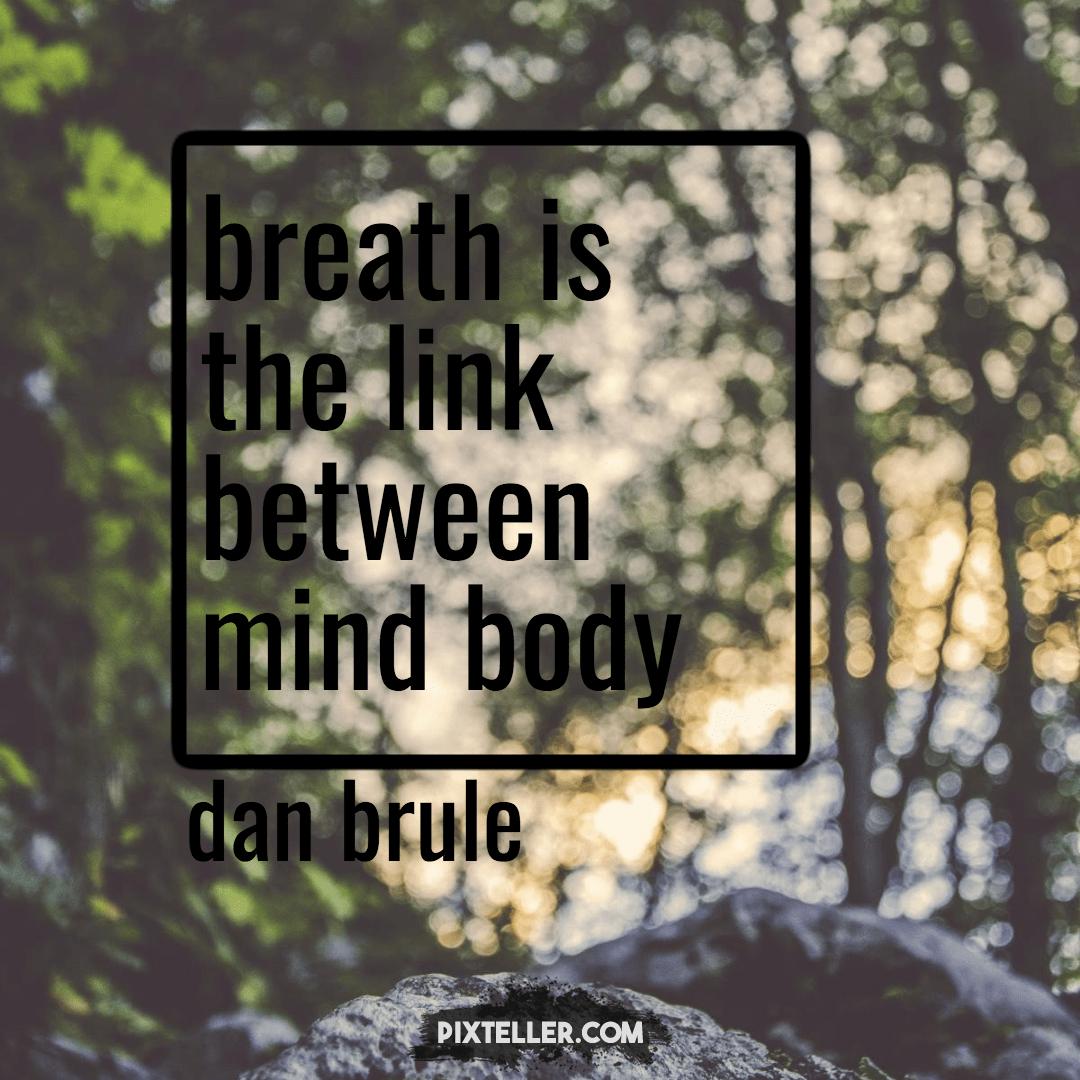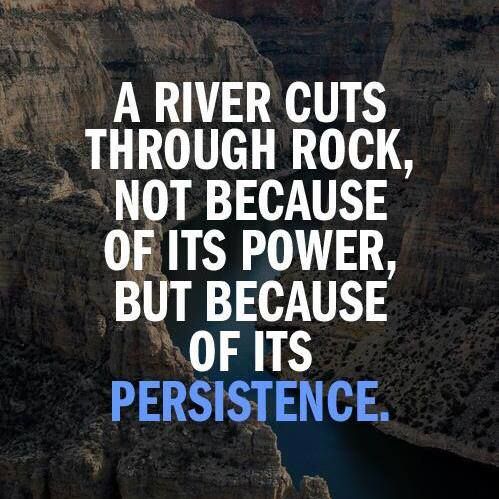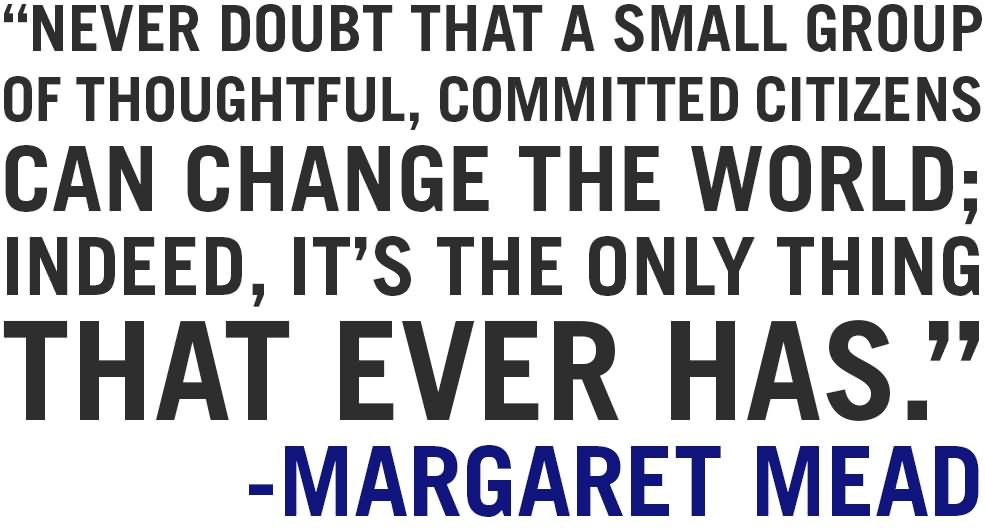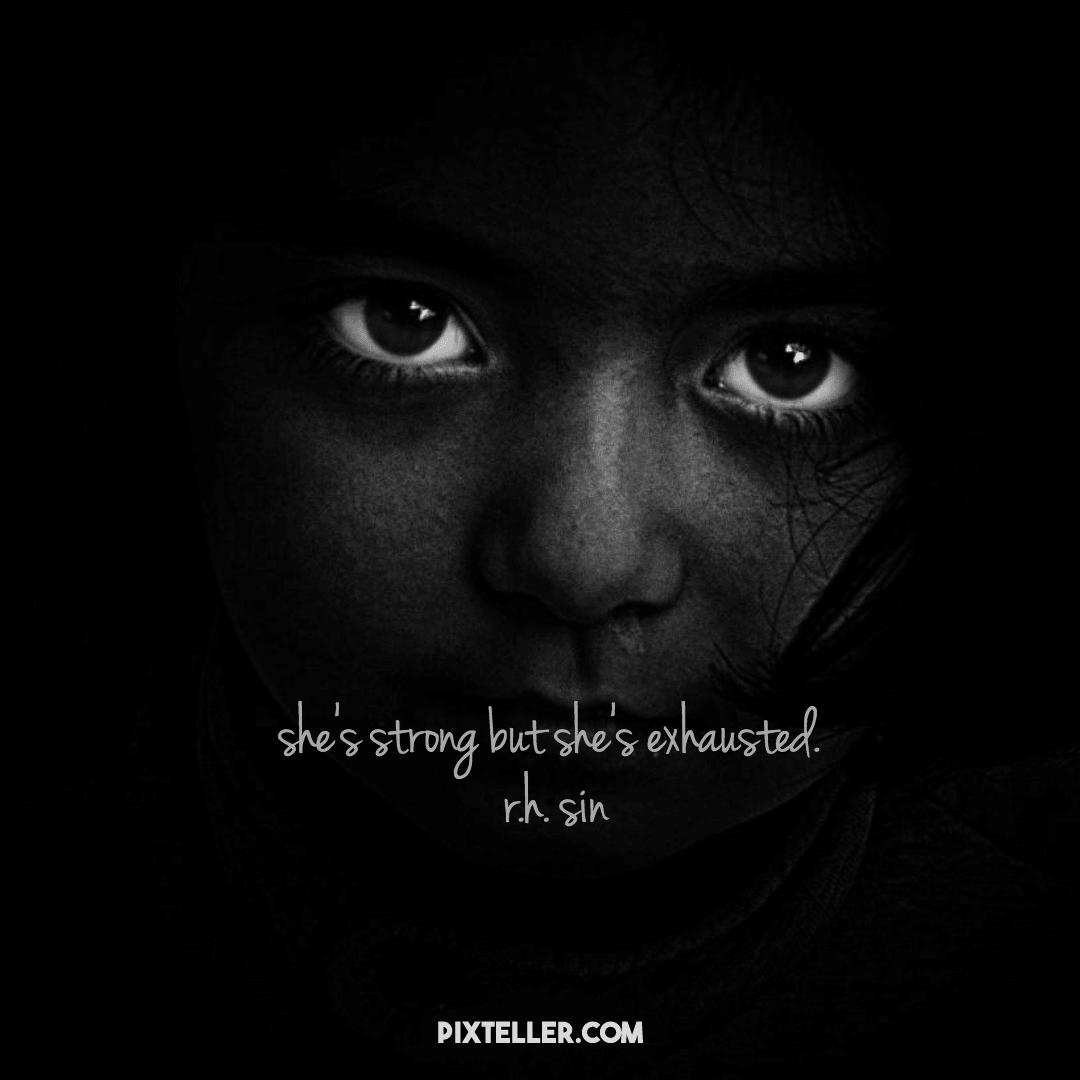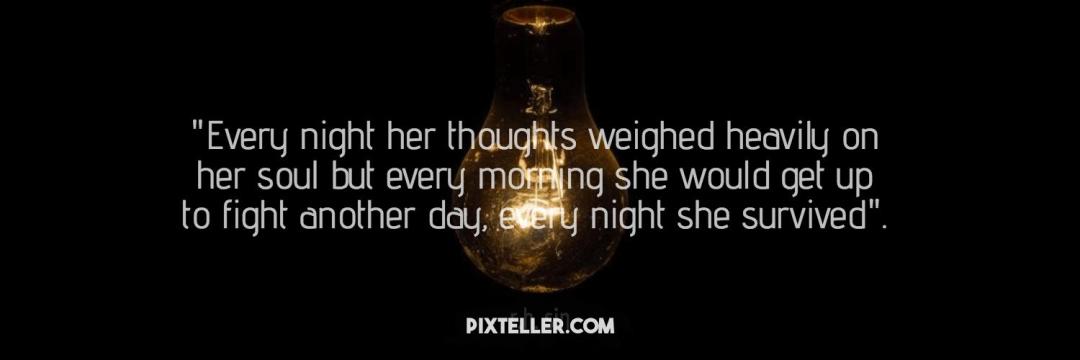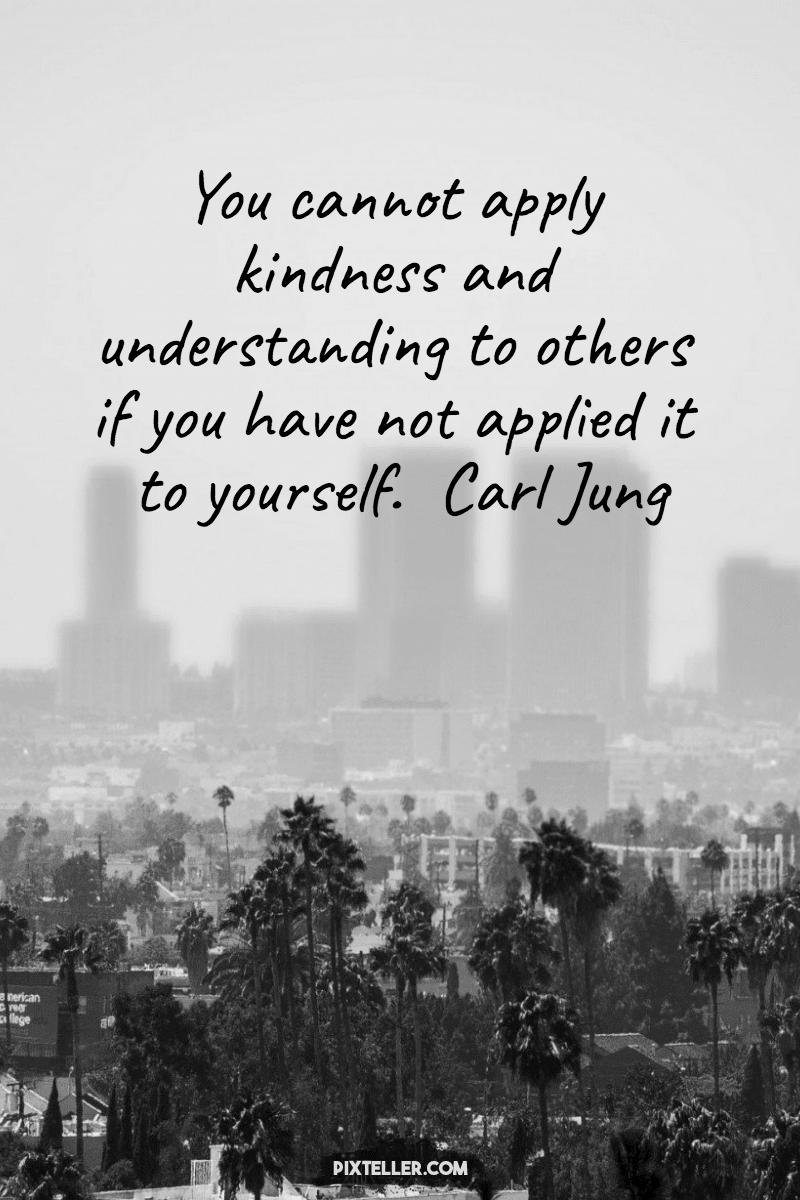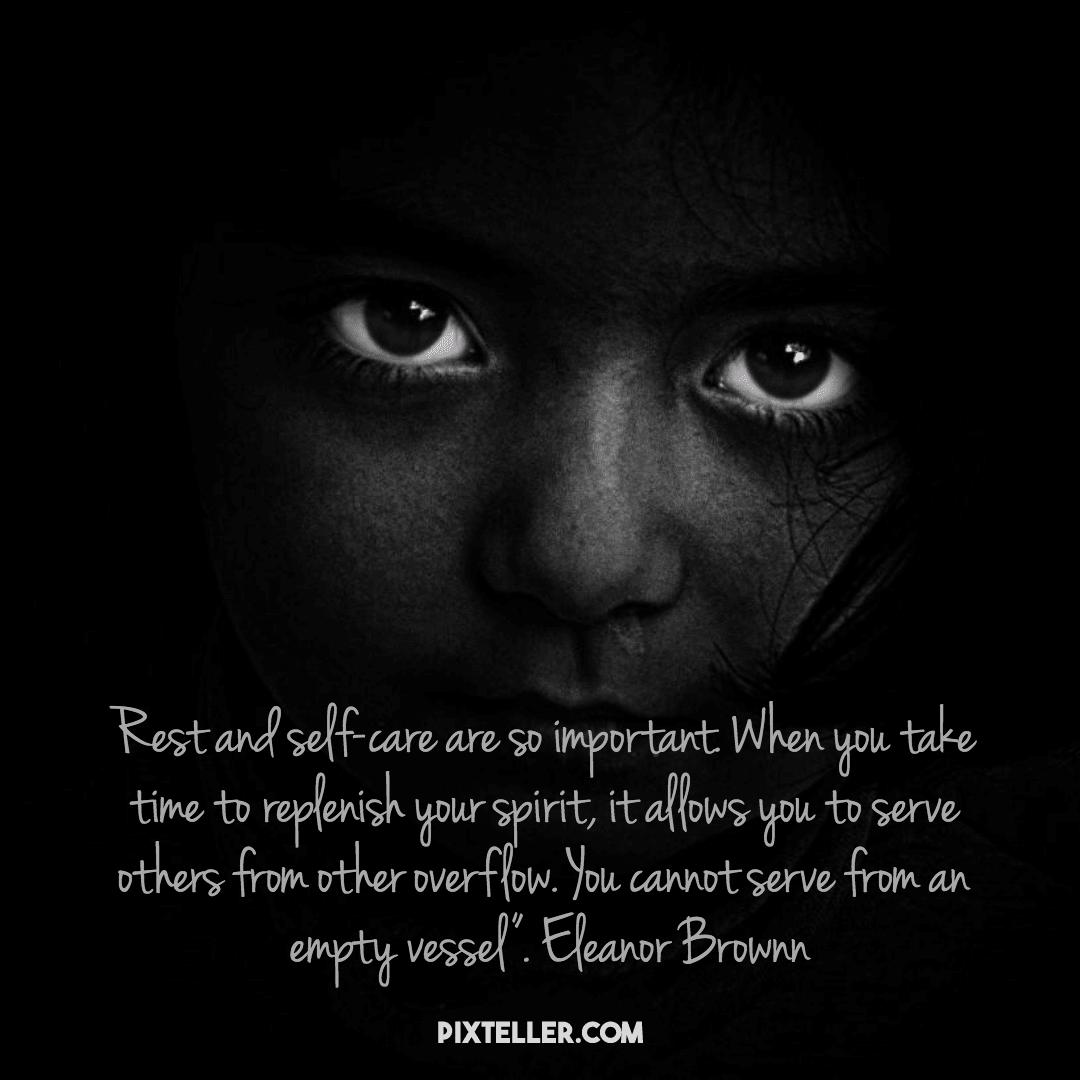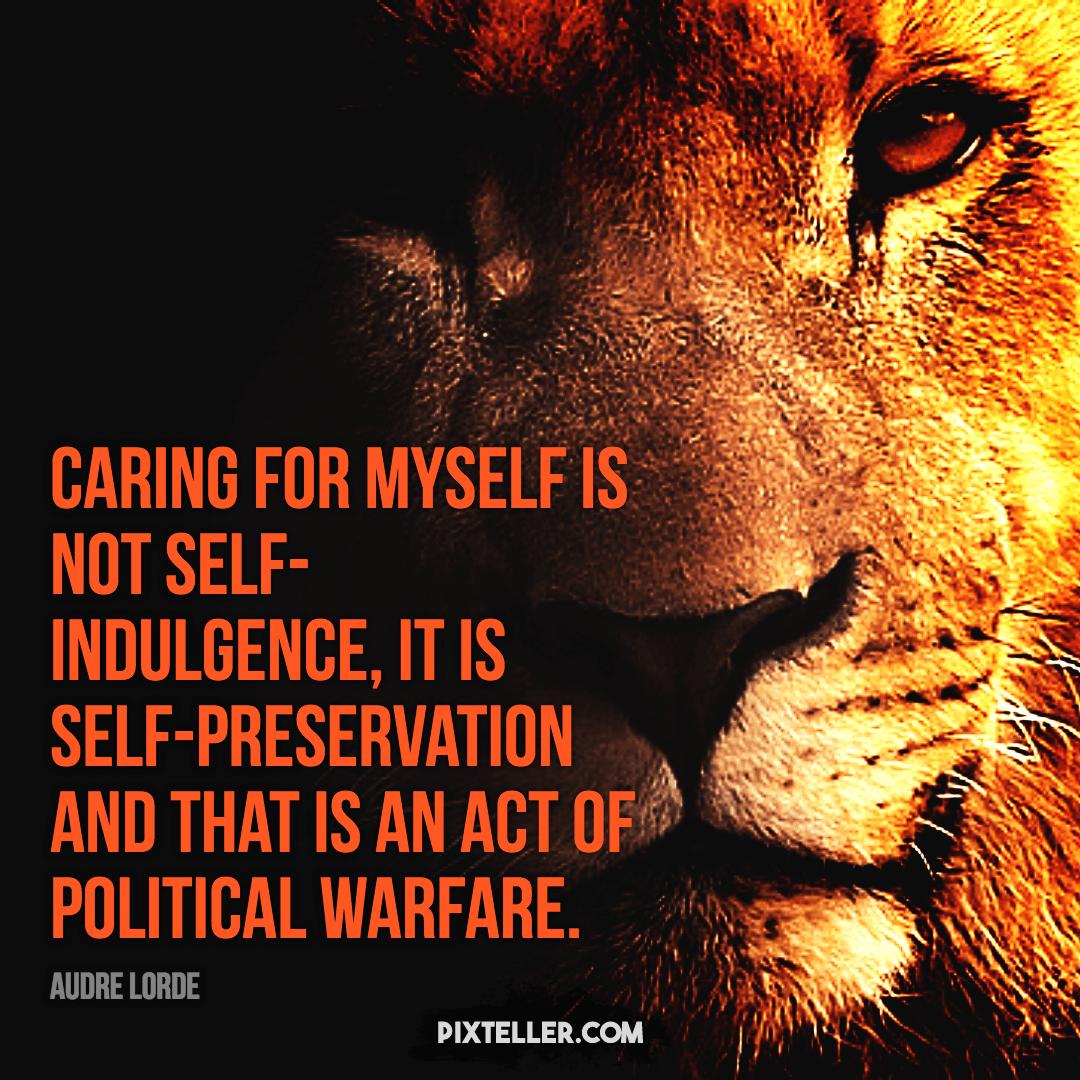I was lucky enough to attend a workshop on Womb Yoga recently with Uma Dinsmore-Tuli and was inspired to write a post about it.
The Book
Uma is the author of the epic book Yoni Shakti, painstakingly researched, anchored in the ancient teachings and 700 pages long, it addresses the much ignored needs of the female body, mind and soul that pervades current traditions and lineages of modern yoga.

The Environment
As a yoga teacher since 2001, Uma observed an implicit disrespect or exclusion of menstruating, menopausal, premenstrual, pregnant or lactating women simply because their physical and emotional needs are disregarded, or seen to be inconvenient and disruptive to the general flow of teaching in many yoga environments.
The statement of inclusion given for the workshop sends a very really powerful to women at all stages of life who want to attend. Uma makes it explicitly clear that “menstruating women are offered suitable practices to support their bleed time, menopausal woman are given opportunities to rest and/or adjust room temperature as necessary, and pregnant women are provided with the props and time and space they need to be at ease in the learning/retreat environment. Lactating women are welcome to express milk, and/or to feed their children in comfort in the main class space if they chose, or to be provided with an alternative comfortable and appropriate space to do so”.
The statement went on to say something that really resonated with me: “the cyclical fluxes of menstrual and menopausal experiences are neither recognised nor honoured by many yoga teaching approaches, and this disempowers women by encouraging a disconnection from their naturally arising flow and change at emotional and physical levels”.
Interestingly, my interest in conscious menstruality, which I discussed in a previous post, actually started because of this but not for the reason stated above. I went through a short phase of practicing Ashtanga Yoga a few years ago. This tradition prohibits women from practicing for the first three days of menstruation and on moon days. It was the first time that I’ve ever stopped to honour my cycle and taking that time to rest and revitalise myself was a complete revelation. Soon after I had to give up Ashtanga Yoga because I found it was too much of a yang practice and I needed to focus more on yin energy.
The Practice
Uma describes Womb Yoga is being “all about reconnecting with the deep blood wisdom of womb cycles throughout the whole of a woman’s life, from pre-menarche to post-menopause. The practice of Womb Yoga enables us to access the inner guidance of our source wisdom so that we may more readily reside in wellbeing and peace with our experiences as women”. It includes breathing (pranayama) techniques, bandhas and mudras (energy locks and special gestures), practices to refresh and revitalize pelvic organs and sequences of postures to support self-discovery at all female life and menstrual cycles. There are lots of resources on her website, book and YouTube for further details.
Shakti Power
However, what’s most interesting is the opportunity take this practice a step further and recognise our own wombs as a microcosm of the hiranya garbha, or the golden cosmic womb of universal consciousness, within which we are all safely held. This re-connection with the profound power of Shakti, the feminine life force that animates the universe, offers a positive, empowering feminine approach to healing and support.
References
Featured image of Shakti by Romanus_too vis Flickr. Used under non-commercial Creative Commons license.
